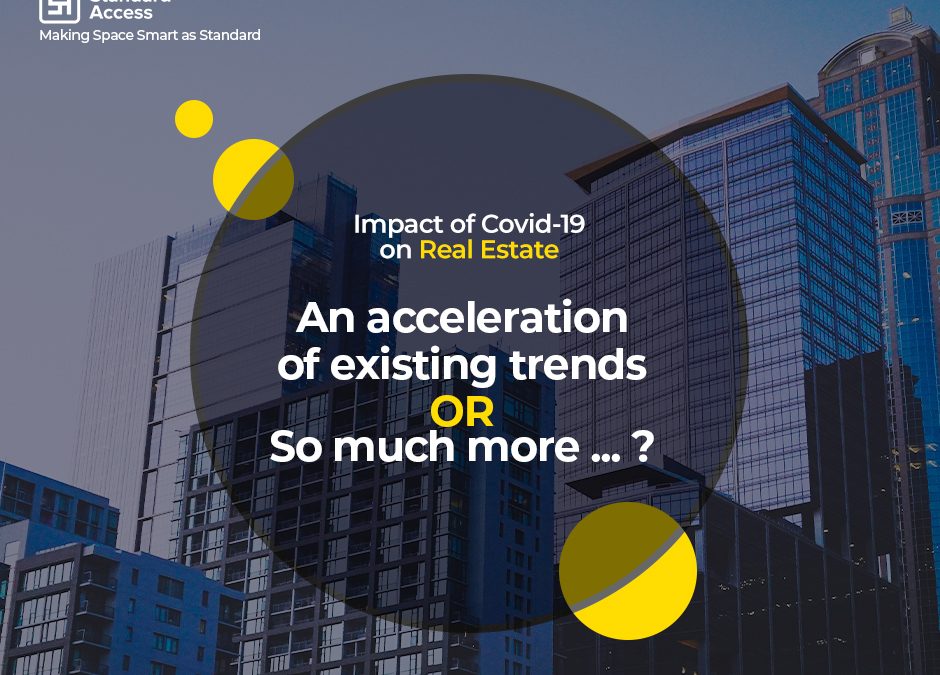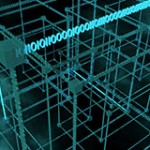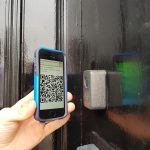Our collective vocabulary has changed over the past few months in response to the pandemic, with new phrases creeping into everyday language, and with the new emphasis given to safety instructions and protocols for previously mundane activities like entering a building or washing your hands. It has led to a massive upheaval to the way every sector operates.
Kids are great at adapting, they tend not to over-analyse the reason, but simply accept the new set of instructions and carry on. Grown-ups have to try a bit harder to normalise things. This is why we hear the phrase ‘the new normal’ thrown about as the catch-all summation of every pandemic-responsive measure. It is the only way for many people to understand and accept it.
At an industry level, we are seeing a real estate equivalent to that overused ‘new normal’ phase – our traditional industry has taken to rationalising the impact of the pandemic on the built environment as ‘an acceleration of existing trends’. While there is an element of truth in this – the shutdown accelerated the decline of many traditional retailers and it has certainly pushed the remaining offline elements of a real estate transaction online – we need to stop referring to the impact of the pandemic on real estate as a mere acceleration of existing trends, when, in reality, it is a necessary adaptation for business survival.
And here’s why…
Social distancing is likely to become a medium, if not long term, requirement. This flies in the face of the increasing designed densification of shared space in recent years. Building operators need to know how many people are using not just the building, but designated areas or zones within that building, at any given time and in real-time. Shared public and private spaces now demand more contactless solutions. There needs to be accurate information, instantly available, about what space is being used, how it is being used and, indeed, by whom.
What does a touchless commercial building look like? It starts with encrypted keyless entry into and around the building; voice-activated elevators, smart zoned lighting, app-controlled comfort features for heat and air quality (virus detection?), and so much more. All of these seemingly trivial activities and tasks generate data that, when used correctly, can increase comfort while reducing energy consumption and that is the key to decreased waste and increased sustainability.
As tech developers of AI solutions for the real estate industry, with deep expertise in secure data transmission, the team at Standard Access have been offering all of the above for years. Where resistance from the traditional industry players might once have been an obstacle to innovation, the most recent coronavirus outbreak has made this a commercial real estate necessity (our new normal!) – is this an example of an acceleration of existing trends? Yes and no.
Frankly, the adoption of emerging technologies is always a commercial or financial imperative. While the conversation has changed in more recent times to focus on sustainability with the push for net-zero carbon by 2030, it is not cynical to point out that sustainability is now a commercial imperative. As the sustainability manager of one of Ireland’s largest REITs explained, having a green agenda is not enough to access international funds. There must be a realistic assessment of the portfolio, some ambitious targets and an action plan for how to achieve those targets. Investors do not rely on a well-intentioned goal or a well-articulated company vision, they want to see and model the data. It is the cyber equivalent of being able to walk the shop floor. Real estate companies that fail to convince in this arena will not attract vital funds.
While listening into a proptech webinar recently, I mentally counted the number of times the phrases ‘new normal’ and ‘an acceleration of existing trends’ were used. So as not to ruin the surprise, this is a game I recommend for anyone online – try it out and we can compare the figures! While it was interesting to get an international perspective on the marketplace and to learn how different building operators are responding, it was quite disheartening to hear that the solutions being reached for are those that were offered by early proptech innovators in circa. 2015, for example, an IoT network of sensors to assess office, desk and breakout area use on an ongoing basis. Forcing late tech adopters to become more proactive about implementing technology into their everyday operations seems like the wrong thing to celebrate.
Furthermore, the difficulty with contemporary building owners reaching for, and investing in, technologies and solutions designed several years ago is that these solutions are not addressing the evolving issues that have yet to arise from the pandemic. It is like trying to catch a ball mid-air at the point from where it was thrown, rather than where it is likely to land. As it happens, many proptech solutions that were designed to facilitate a frictionless real estate experience, also mitigate risk and therefore help building owners to comply with new safety protocols. But this is not a given. Real estate is, by its very nature, forward-looking. It has to be. So why do so many property developers and real estate operators fail to see future inevitabilities?
Here’s what we see…There are many technological solutions currently in the marketplace offering access systems, security, presence detection and so on. However, the future is not all of these systems operating in a disjointed manner. The future success stories will be the companies that learn to capitalise on the data being generated by all of these standalone systems. It is said that data is the new oil. I don’t accept that. If anything, it is the new steam – bursting with renewable and, as yet, unharnessed potential. It really doesn’t matter which analogy works for you, the fact is that there is immense value in the data. And those who learn how to use that data in a meaningful manner will be the victors.
Advances in data gathering, computing power and connectivity mean that we have more information now than at any time in history. We are just starting to scratch the surface of how businesses can process, analyse and otherwise make use of all this extra information to help them make money, save money and become more sustainable. Until relatively recently businesses struggled to get a full picture of their operations. The information required to get an accurate understanding of even something relatively simple such as energy consumption was kept in separate documents, in varying formats and across multiple sites. While ‘going green’, ‘clean energy’, ‘eco-friendly’ and ‘futureproof’ are recurring mantras across the sector, sustainability is the key standard for which to aim. Sustainability is an umbrella term that has social, environmental and financial implications and, since the beginning of 2020, many advanced economies now expect a building to have a sustainability rating. With systems becoming increasingly interconnected, the analysis of the data that is produced through Machine Learning is now enabling businesses to predict future energy consumption based on predicted climates and the location or situation of the building. This is paramount when it comes to improving energy performance over the lifecycle of that building. These are only a handful of the vast range of measures that can and will help real estate developers and operators to meet sustainability targets.
Standard Access sees an opportunity now to bring all of the disparate systems together into a unified heterogeneous system; a system that harvests all of the data, generating insights that can be acted upon to provide improvements or savings. Acting on the data in a manner that is capable of real-time decision making will require Artificial Intelligence/Machine Learning to become the norm as the proptech sector transitions into what we see as being the ‘the new normal’ going forward.
About Standard Access:
Established in 2014 by Damien Browne, Standard Access is a global leader in IoT solutions for smart building access and developer of the Sonic Handshake®, which is a revolutionary Data Over Sound technology to enable building and room access using an encrypted sound byte via app. www.standardaccess.co






